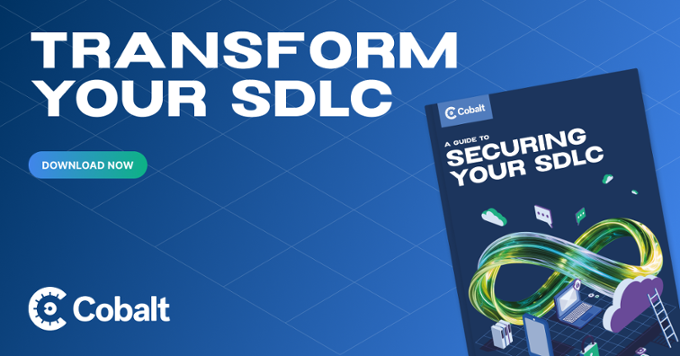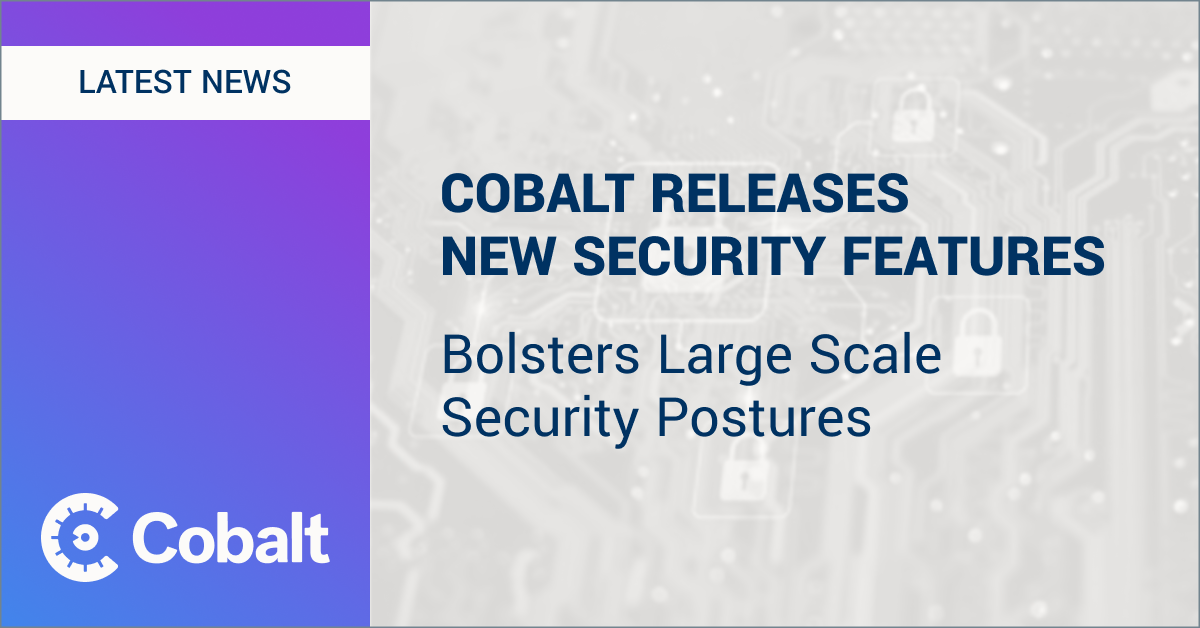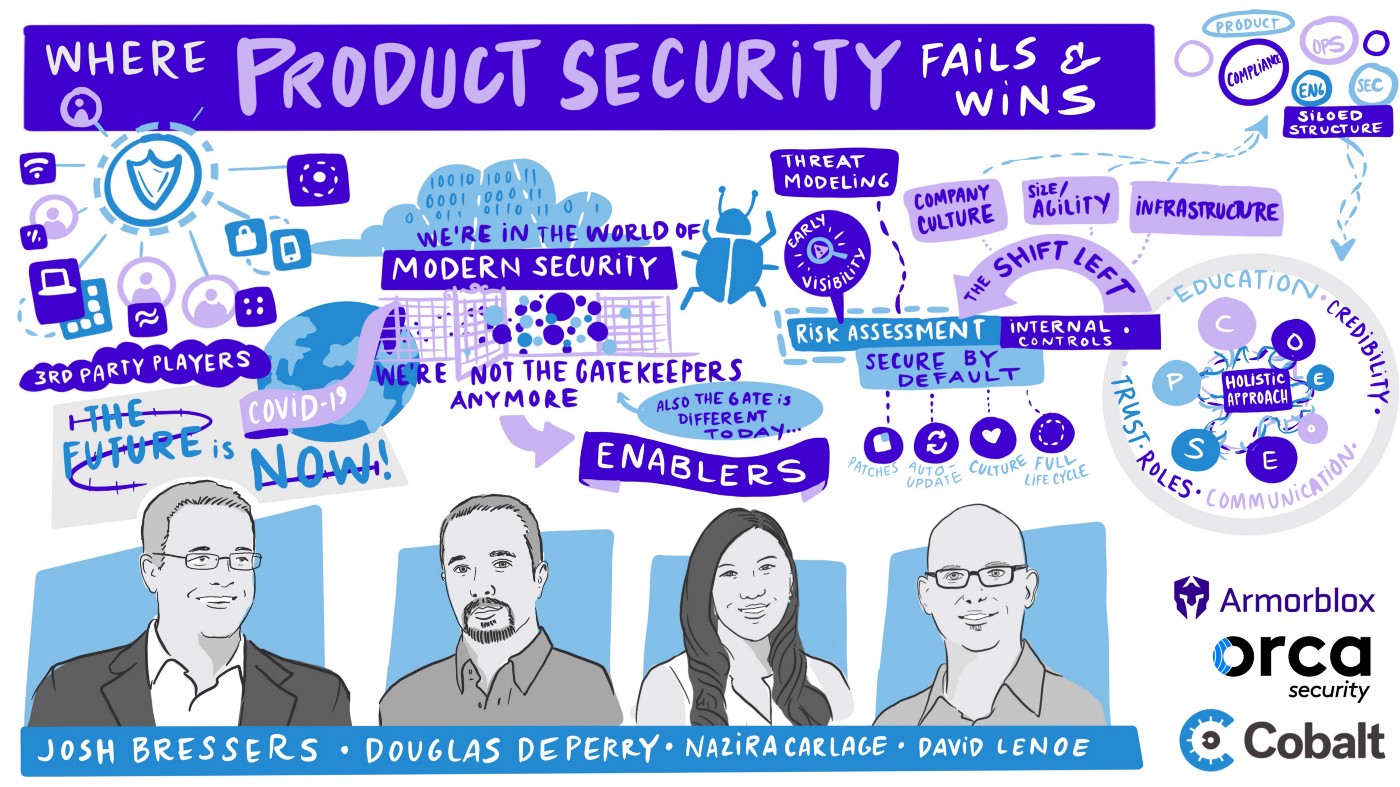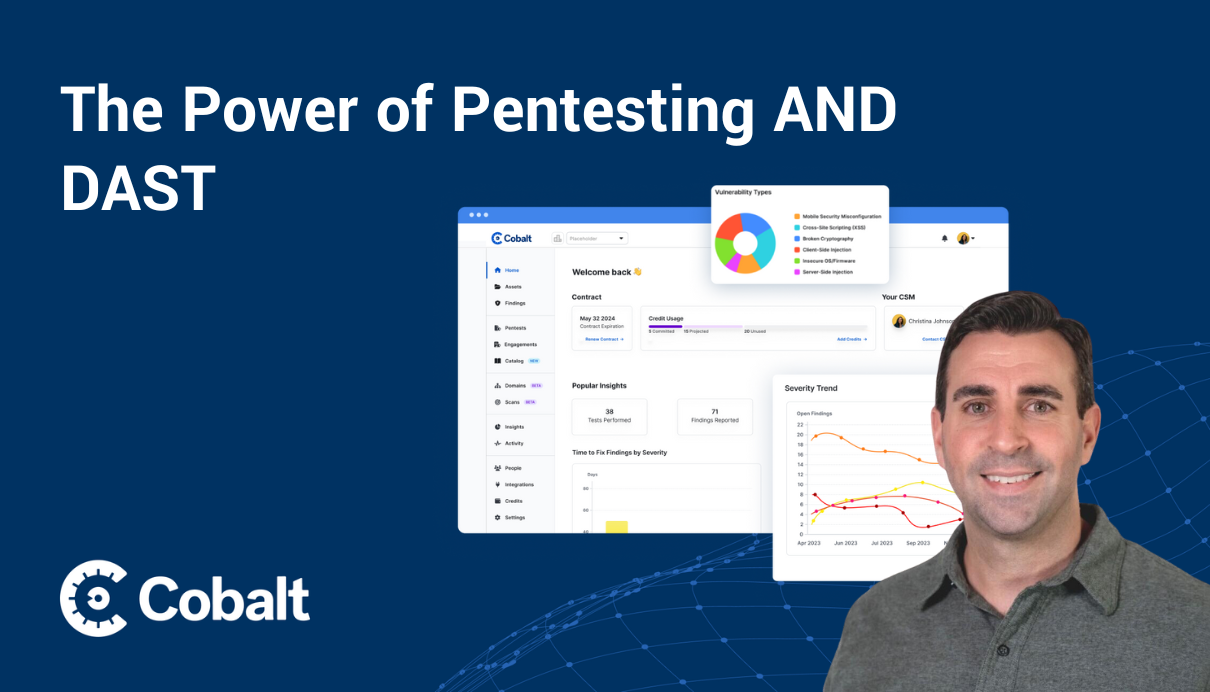With the expansion of the attack surface, a backlog of entries for the NVD, and the reliance on software to do pretty much everything (or nothing), AppSec programs are essential. But most teams are being pulled in many different directions and sometimes the output from automated scanners provides a lot of noise to a backlog without a lot of value.
OWASP, PCI, and many other cybersecurity governing bodies recommend a Secure Code Review - and for good reason. A Secure Code Review is the human-led examination of an application’s source code in order to identify security vulnerabilities that are the result of coding and design flaws, that are also proven to be valid security issues. An in-depth code review is an important part of any organization's software development lifecycle (SDLC) to help improve the overall quality and security of the software and the overall security posture or the org.
Why Secure Code Reviews are Essential
Secure Code Reviews play a crucial role in the broader security strategy for several reasons:
1. Actionable Insights
Automated tools alone often flood teams with findings, many of which are not relevant. Secure Code Reviews cut through this noise, ensuring that development efforts are focused on genuine security issues. Cobalt’s hybrid approach of reviewing the architecture and design of the application, applying automated scanners including Static Application Security Testing (SAST) and Software Composition Analysis (SCA) tools, combined with manual validation by our expert testers, ensures that findings are not only relevant, but actionable.
2. Early Detection and Remediation
Detecting vulnerabilities early in the development process is significantly more cost-effective than addressing them post-deployment. There is that famous “100 times more expensive” stat for fixing in development rather than production and while that stat may be a more myth than well tested fact, the logic of it remains: finding security issues earlier helps drastically reduce risk and rework, educate the team on best practices for developing secure code, and beats dealing with security issues in live production environments.
3. Compliance and Regulation
Secure Code Reviews help organizations comply with regulations like the PCI DSS, which mandates code reviews for custom application code. They also are supported by frameworks like the NIST SP 800-53 and OWASP's Software Assurance Maturity Model.
4. Enhanced Security Posture
By identifying and addressing vulnerabilities early, organizations can significantly reduce the risk of security breaches and data leaks, protecting both their data and their reputation.
Why Secure Code Review and Pentesting go together like Peanut Butter and Jelly
Secure Code Reviews and penetration testing work together effectively to bolster your organization’s security posture.
While Secure Code Reviews involve a detailed examination of your application’s source code to identify vulnerabilities, penetration testing takes a broader approach by actively exploiting the application to uncover security flaws. This combination ensures a comprehensive security assessment, covering both the internal logic and the external defenses of your application.
Secure Code Reviews excel in finding vulnerabilities early in the development process, enabling cost-effective remediation.
Penetration testing, on the other hand, provides a real-world attack perspective, validating the security of the application in its runtime environment. By integrating both practices, you can identify exactly which line of code needs to be fixed - and the impact impact of those vulnerabilities if they don’t get fixed.
Together, you can not only identify and address a wide range of vulnerabilities but also understand the scope and impact of these vulnerabilities if exploited, ensuring robust protection against potential threats.
Secure Code Review + DAST is the peanut butter and chocolate combo you didn't know you needed.
But once you have it, it seems totally obvious.
DAST analyzes your application while it's running, identifying vulnerabilities that may not be visible in the code alone, such as configuration issues and runtime flaws - all potential entry points for attackers. DAST offers speed and scale compared to the thoroughness and depth of pentesting.
Together, Secure Code Review and DAST provide a fantastic and effective (and delicious?) pairing. You get the best of both worlds: a deep, internal understanding of your code’s vulnerabilities and an external perspective on how your application behaves under real-world conditions. This combination ensures that your security measures are robust, addressing both code-level issues and operational weaknesses, providing you with confidence that your application is protected from both internal flaws and external threats. This will not be to the depth of a pentest, but will provide an outside-in perspective on the code level findings from the Secure Code Review.
So, what should you look for in a Secure Code Review provider?
Checklist for Choosing a Secure Code Review Provider
-
Experienced and Certified Experts: Make sure your provider has a team of seasoned professionals with relevant certifications. Don’t waste your time with unvetted bug bounty hunters—they're great for other things, but not this. You need experience for a Secure Code Review to be valuable.
-
Comprehensive Assessment Process: Your provider should have a robust, well-defined methodology that details tooling and processes. Simply going through thousands of lines of code isn’t efficient or effective, and relying only on automated scans won’t work either.
-
Capability to Handle Large and Diverse Codebases: Ensure your provider can efficiently review large codebases and support your relevant programming languages and frameworks - especially if you are using something uncommon.
-
Understanding of Application Context: The provider should solicit architecture diagrams to best understand patterns and operational environment in order to contextualize vulnerabilities accurately.
-
Detailed and Actionable Reporting: Look for a provider that delivers detailed reports, including proof-of-concept details, steps to reproduce, and clear remediation guidance. It’s also beneficial if the report includes the different tools and techniques used to generate and validate the findings. This comprehensive information helps your development team understand the issues better and implement effective fixes.
-
Real-Time Collaboration: Choose a provider that allows you to interact with security experts in real-time during the review process to speed up understanding and remediation of vulnerabilities.
-
Free Retesting: Make sure your provider includes retesting to verify the effectiveness of fixes, ensuring that vulnerabilities are properly addressed.
Secure Code Reviews - just a click away
Secure Code Reviews are essential for identifying and addressing vulnerabilities early, ensuring compliance, and enhancing your organization's security posture. By thoroughly examining your application's source code, Secure Code Reviews provide actionable insights, cost-effective remediation, and robust protection against potential threats. And with the right combination - like with pentesting, DAST, or threat modeling, they get even sweeter.
Any Cobalt customer can now setup a Secure Code Review directly from the Cobalt platform, making it easy to get started quickly and get your security engagement running.

Ready to see the benefits firsthand? Get a demo today and experience the difference for yourself! Learn more about secure code review services by Cobalt.









